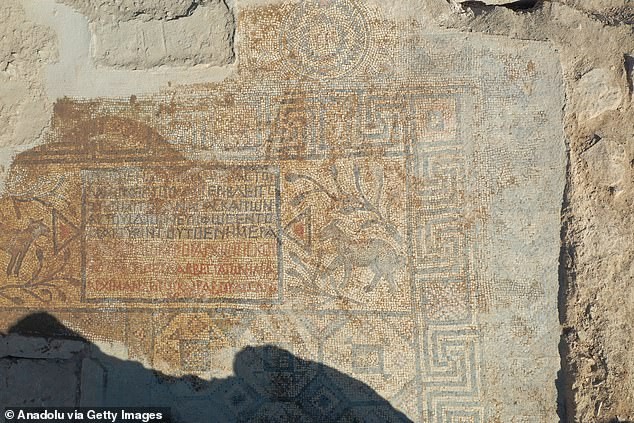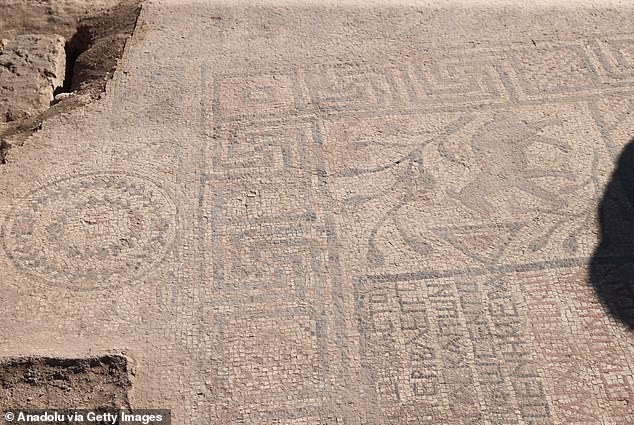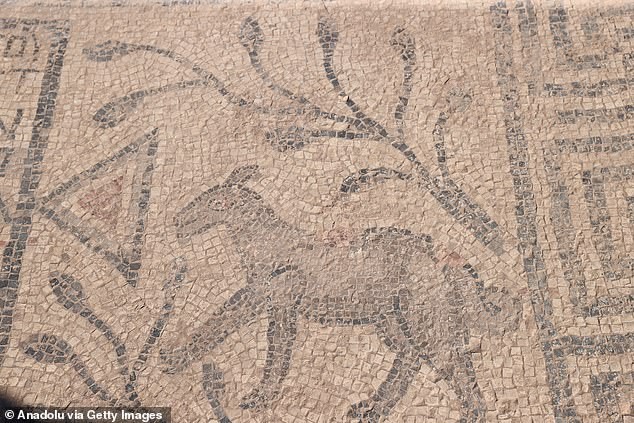Ancient 1,500-Year-Old Christian Mosaic Unearths Lost Biblical Secrets in Urfa
An extraordinary fifth-century floor mosaic has been unearthed at Urfa Castle in Turkey, offering rare insight into early Christian and biblical traditions. The artwork, decorated with animals, plants, and the four classical elements, also bears inscriptions naming church leaders. Excavations conducted in 2025 place its creation between 460 and 495 AD.

In This Article:
A 5th‑Century Urfa Mosaic Details and Creation Imagery
Made of tiny black, red, and white stones, the mosaic reveals creation scenes, animals, plants, and the four classical elements — air, water, earth, and fire — alongside inscriptions mentioning church leaders. "Initial examinations indicate the mosaic likely served as the floor of either a church, a chapel, or what we call a martyrium, a shrine to a martyr." The mosaic bears a Greek inscription framed in a Byzantine epigraphic style. According to Kozbe, it reveals that the floor was commissioned 'for the protection of Count Anakas and his family'. The inscription mentions Bishop Kyros of the region, Elyas (Ilyas in Turkish) serving as the head priest and Rabulus, who held the rank of deacon, a position assisting in churches where deacons held the rank of principal reader, Turkiye Today reported. Beyond the inscription, the team discovered medallion-shaped mosaics representing cosmic elements at one corner of the floor. "These medallions likely appear at all four corners of the floor," Kozbe said. "This provides important clues about religious practices, but we will need to conduct more literature research and evaluate parallels to reach more definitive conclusions," he added.

Greek Inscriptions and Church Leadership Identified on the Urfa Mosaic
The mosaic bears a Greek inscription framed in a Byzantine epigraphic style. According to Kozbe, it reveals that the floor was commissioned 'for the protection of Count Anakas and his family'. The inscription mentions Bishop Kyros of the region, Elyas (Ilyas in Turkish) serving as the head priest and Rabulus, who held the rank of deacon, a position assisting in churches where deacons held the rank of principal reader, Turkiye Today reported. "These medallions likely appear at all four corners of the floor," Kozbe said. "This provides important clues about religious practices, but we will need to conduct more literature research and evaluate parallels to reach more definitive conclusions," he added.

Corner Medallions and Their Religious Clues
Beyond the inscriptions, the team discovered medallion-shaped mosaics representing cosmic elements at one corner of the floor. 'These medallions likely appear at all four corners of the floor,' Kozbe said. 'This provides important clues about religious practices, but we will need to conduct more literature research and evaluate parallels to reach more definitive conclusions,' he added.

Burials and Urfa’s Role as a Spiritual Hub
Clergy and other religious officials who worked in the building were apparently laid to rest on the site. 'Similar to the rock-cut tombs we found both on the southern slope of the castle and in the Kizilkoyun necropolis, we see evidence of burials here. We have found at least three, but work on these will continue next year,' Kozbe said. 'This is an important discovery. Similar floor examples exist in the southeast and other regions of Anatolia,' Kozbe added. 'These names provide important clues about who held religious responsibility in this area and about the religious practices and rituals of the elite class, including a local commander.' Urfa is traditionally believed to be the birthplace of Abraham, a central figure in the Old Testament and forefather of the Jewish people, and the discovery of this Christian mosaic reinforces the city's long-standing religious significance.

